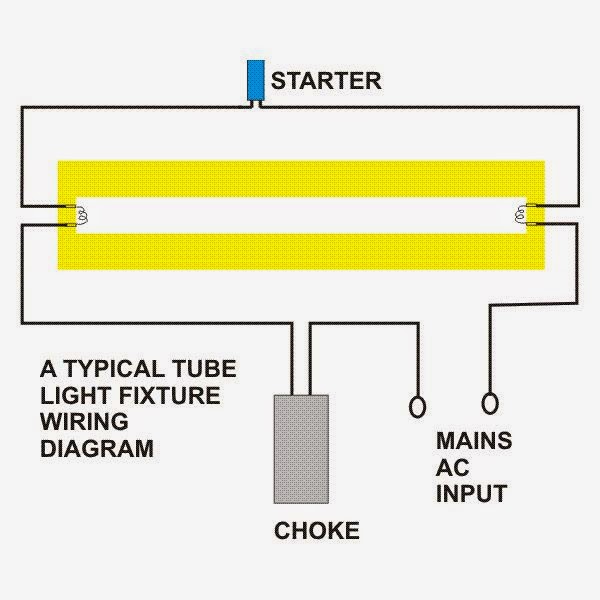Lighting Plan According to building
How to Develop an Acceptable Lighting Plan 1. Identify where as well as when lighting is needed. Confine and minimize lighting to the extent necessary to meet safety purposes. Plans should define the areas for which illumination is planned. Itemizing each area (e.g. parking lot, doorways, walkways, signage, foliage) with the anticipated hours of use. Commercial outdoor lighting should be used for safe pedestrian passage and property identification, and lit during active business hours and shut off afterward. 2. Direct light downward by choosing the correct type of light fixtures. Specify IES (Illuminating Engineering Society) "Full Cut Off" designated or “fully shielded” fixtures, so that no light is emitted above the lowest light emitting part of the fixture. Top mounted sign lighting is recommended with "RLM" (dish) type shields, and aimed so that the light falls entirely on the sign and is positioned so that the light source (bulb) is not...



